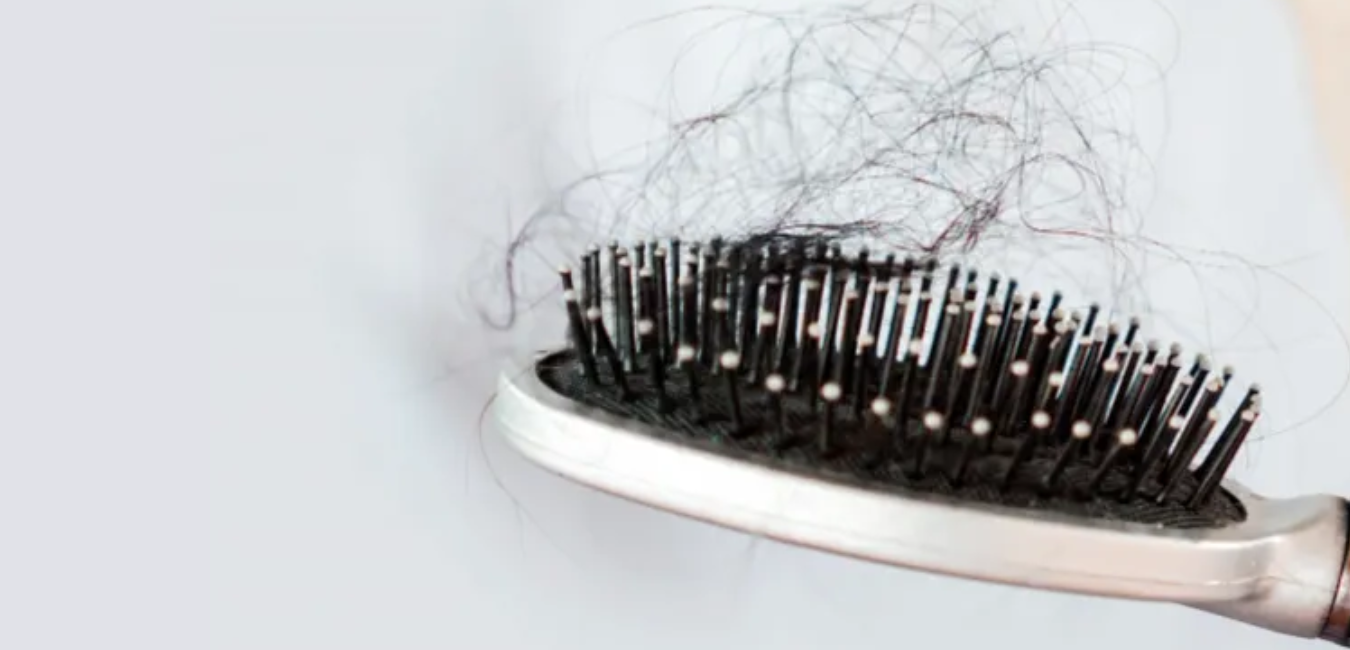The first thing that might have come to your mind after reading the header for this blog is a little confusing. “Hold on, hair fall and hair loss is not the same thing?” Contrary to what has been engraved in our mind by the media or our research (we’re hinting at Dr Google); hair loss and hair fall are two different but related issues. While most of us have experienced some form of shedding through our lives; we often let the root causes go unnoticed. Before we dig a little deeper into the details of how to save yourself from losing more hair and help you grow new hair, let’s understand the basics of hair growth, and how hair loss and hair fall differ from each other.
Hair growth: the normal hair cycle
Each strand of your hair undergoes a specific cycle of four stages which circles around active growth, slow growth, diminished (or no) growth, and shedding. Getting a bit more specific, these phases of hair growth and shedding can be explained as:
- anagen (growing phase- 3-5 years long),
- catagen (transition phase- 10 days long),
- telogen (latent phase) and exogen (shedding phase), and finally
- exogen phase is the stage during which hair fall takes place, and normally you lose 50-100 strands each day.
Whenever there is a disturbance in any phase of your hair cycle, normal hair growth is bound to be deranged. More common than often, disturbances result in you noticing less hair on your scalp than what you would expect to. This can be because of two main reasons:
- Increased shedding- normally, you can lose up to a hundred hair strands every day. However, if you see more hair in your brush after you comb through it, you might be losing more hair than what is normal for you. This hair loss, or telogen effluvium, is what occurs when more hair shifts into the exogen phase. It can occur as a result of excessive weight loss, surgical recovery, psychological stress, environmental changes, or post-partum. Hair fall is usually noticeable almost 4-5 months after a major event that triggers it. However, oftentimes hair fall is reversible. 6-9 months after an episode, your hair tends to regain its normal volume, given that the triggering factor has been removed.
- Diminished growth occurs when very few hair strands are in the anagen or growth phase. This is also known as hair loss or anagen effluvium. Because of many factors (like hereditary, drugs, compulsive hair pulling, and harsh product use), your hair stops growing.
Now that we know the basic difference between hair fall and hair loss, let’s look at how to control them. Your first aim should be determining why you have less hair than you would like to see on your scalp. Is it because you’re shedding more hair than usual, or has new growth stopped altogether?
When we talk about hair fall, your main focus should be on preventing excessive shedding. However, hair regrowth should be your main focus. Here are five easy and effective treatment options for hair loss and hair fall.
- Androgens including testosterone are male sex hormones. DHT or dihydrotestosterone is the active form of testosterone that unfortunately acts on the hair follicles and causes hair loss. DHT blockers, which include green tea, are a great way to control hair loss.
- When it comes to treating hair fall (and hair loss to some extent), minoxidil has been the mainstay treatment. 2% minoxidil when applied topically prevents excessive shedding of hair by retaining it on your scalp. However, the effects of minoxidil, though profound, can only be maintained as long as you continue using it, making it a lifelong commitment.
- Rosemary oil, which is an essential oil, has proven to be as effective as 2% minoxidil when it comes to treating hair fall. Additionally, it does not create a lifelong dependence.
- Procapil is another DHT blocker. It works by strengthening the hair follicle and increasing hair metabolism. It is clinically proven to decrease hair loss by 50% & increase hair growth by 121%.
- Pumpkin seed oil is another wonder that helps in hair growth. In various placebo-controlled studies, in people who took pumpkin seed (or oil) as supplements for three months, hair growth increased by 30 per cent as compared to control subjects.

